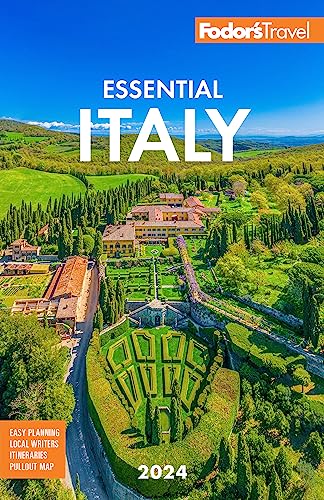Getting Oriented
The Venetian Arc is the sweep of land curving north and east from the River Adige to the Slovenian border. It's made up of two Italian regions—the Veneto and Friuli–Venezia Giulia—that were once controlled by Venice, and the culture is a mix of Venetian, Alpine, and Central European sensibilities.
- Padua. A city of both high-rises and history, Padua is most noted for Giotto's frescoes in the Cappella degli Scrovegni, where Dante's contemporary painted with a human focus that foreshadowed the Renaissance.
- Verona. Shakespeare placed Romeo, Juliet, and a couple of gentlemen in Verona, one of the oldest, best-preserved, and most beautiful cities in Italy. Try to catch Aïda at the gigantic Roman arena.
- Vicenza. This elegant art city, on the green plain reaching inland from Venice's lagoon, bears the signature of the great 16th-century architect Andrea Palladio, including several palazzi and other important buildings.
- Friuli–Venezia Giulia. Set between the Adriatic Sea and Slovenia in the eastern corner of Italy, this is a region where menus run from gnocchi to goulash. Friuli’s elegant principal city, Udine, is the birthplace of Venice’s great 18th-century painter Gianbattista Tiepolo. Sleepy little Aquileia’s Roman and early-Christian remains offer an image of the transition from pagan to Christian Rome. The port city of Trieste has a mixed Venetian-Austrian heritage and an important literary and political history that comes alive in Belle Epoque cafés and palaces built for Habsburg nobility.




